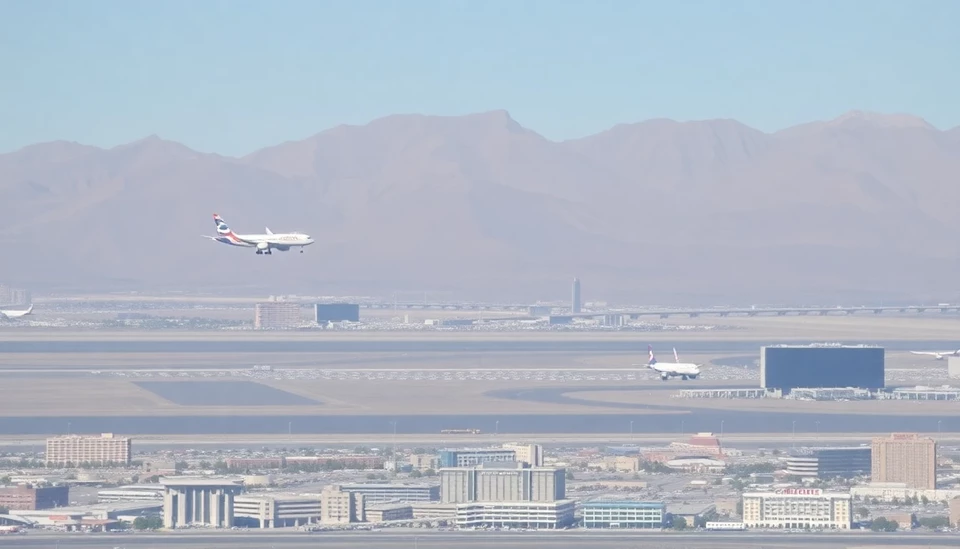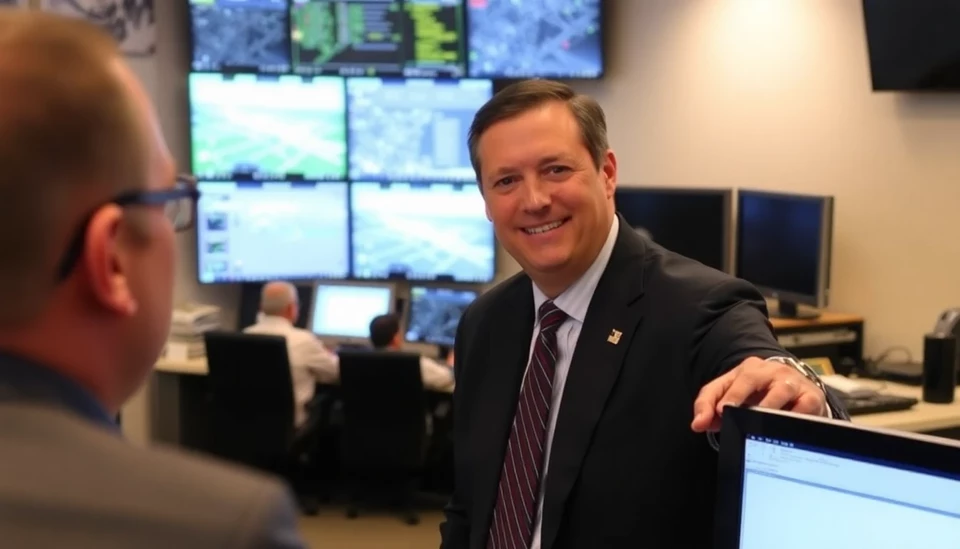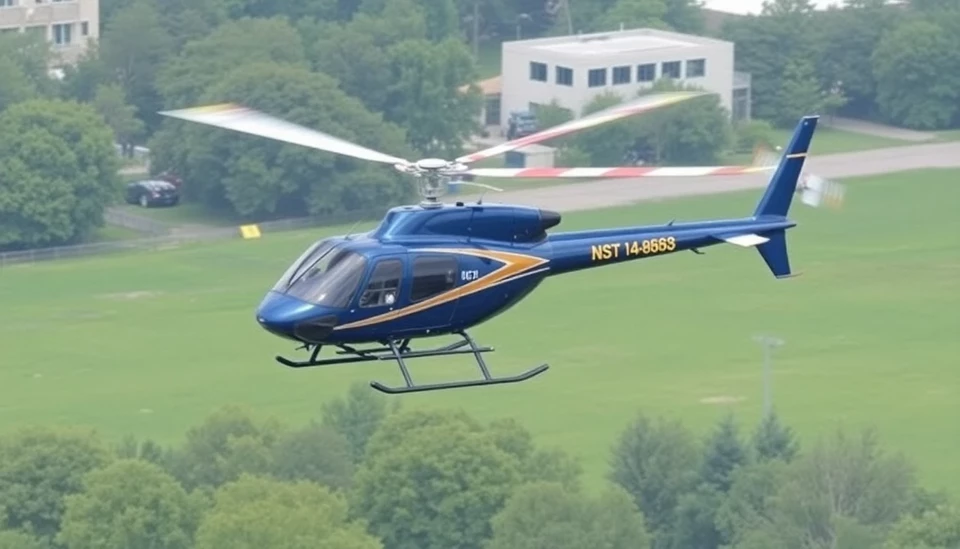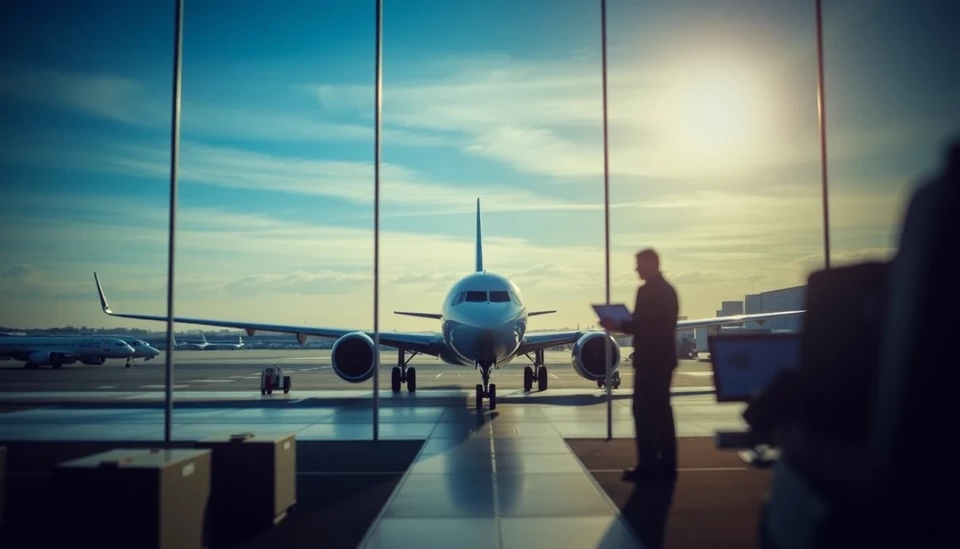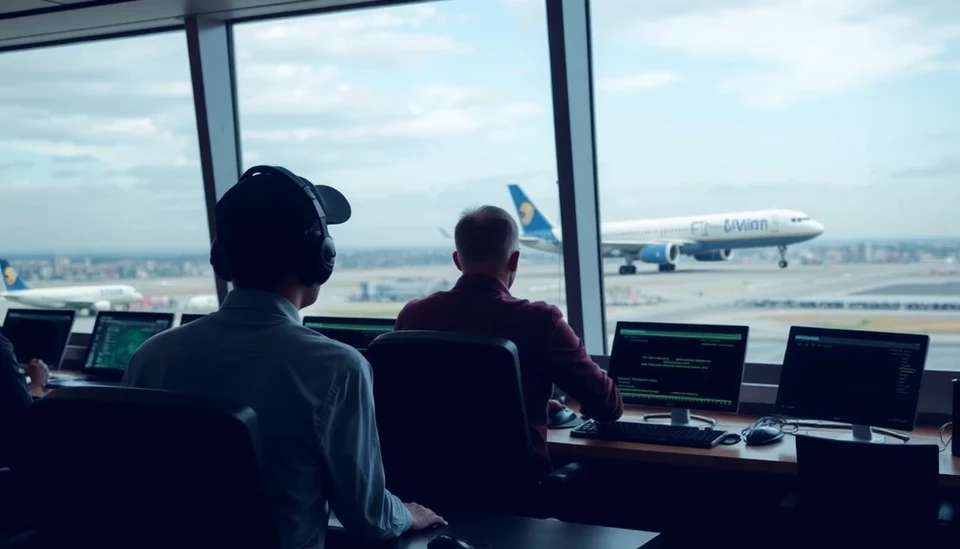
The travel industry is facing a critical moment as a shortage of certified air traffic controllers raises concerns about the safety of flying. This issue comes at a time when air travel is rebounding post-pandemic, with airlines struggling to keep up with the surge in passenger demand. The looming question on many travelers' minds is: is it still safe to fly?
As bookings soar to pre-pandemic levels, the Federal Aviation Administration (FAA) is grappling with a significant deficit in air traffic controllers, which could create a chain reaction affecting airport operations and air travel safety. According to reports, the U.S. could be short thousands of controllers in the near future, which might lead to increased flight delays, congested air traffic, and, most importantly, raised safety risks.
Air traffic controllers play a critical role in ensuring that flights operate smoothly and safely. They monitor aircraft movements, provide guidance to pilots, and prevent collisions in the sky. Traditionally, a well-staffed network of controllers has helped maintain a solid safety record in the U.S. aviation industry. However, with the potential for a shortage of qualified personnel, significant challenges lie ahead.
Experts warn that the lack of sufficient controllers can lead to longer waiting times for takeoffs and landings. This delay not only frustrates travelers but can also contribute to increased stress levels among pilots, who must manage uncertainties in decision-making during high-traffic periods. The risk here is compounded when controllers need to juggle multiple tasks at once while managing heavy air traffic loads.
The FAA has implemented various strategies to tackle this issue. They have accelerated their training programs for new controllers and enhanced recruitment efforts to attract more candidates into the industry. However, training is extensive and can take several months before new hires are operational. As a result, the gap between the current workforce and what is needed to safely manage air traffic may take years to close.
The consequences of a controller shortage are not solely operational but also influence public confidence in the safety of air travel. With every news of delays or air traffic management problems, the public's perception of flying may shift. Passengers may begin to question if airlines and regulatory bodies prioritize safety or if they are solely focused on increasing revenue from packed planes.
Additionally, training officials emphasizes the importance of adequately staffing air traffic control positions. Without enough qualified personnel, the potential for human error increases, putting passengers at significant risk. The FAA's motto has been "safety first," but the unmanageable workload could challenge this priority.
As people return to the skies, they are largely uninformed about these underlying issues. Traveling may soon become a gamble, raising pertinent questions about how much longer travelers can feel secure in their flights. Will the industry find solutions in time to avert a crisis, or do travelers need to brace themselves for a more complicated flying experience?
In summary, the ongoing air traffic controller shortage could have substantial ripple effects on the safety of flying. While ongoing recruitment and training efforts are underway, challenges remain that may impact upcoming travel seasons. It’s essential for travelers to stay aware of these developments, as they hold the key to understanding the future of safe air travel.
As the aviation sector navigates this complex landscape, the safety of passengers remains paramount as we await significant developments. Continued monitoring of the FAA's efforts and maintaining open communication with travelers will be essential as we all work toward an uplift in air travel safety.
#AirTrafficControl #TravelSafety #FlyingConcerns #AviationIndustry #FAA #PassengerConfidence
Author: Victoria Adams
